Simon Allford
A conversation with the award-winning British Architect
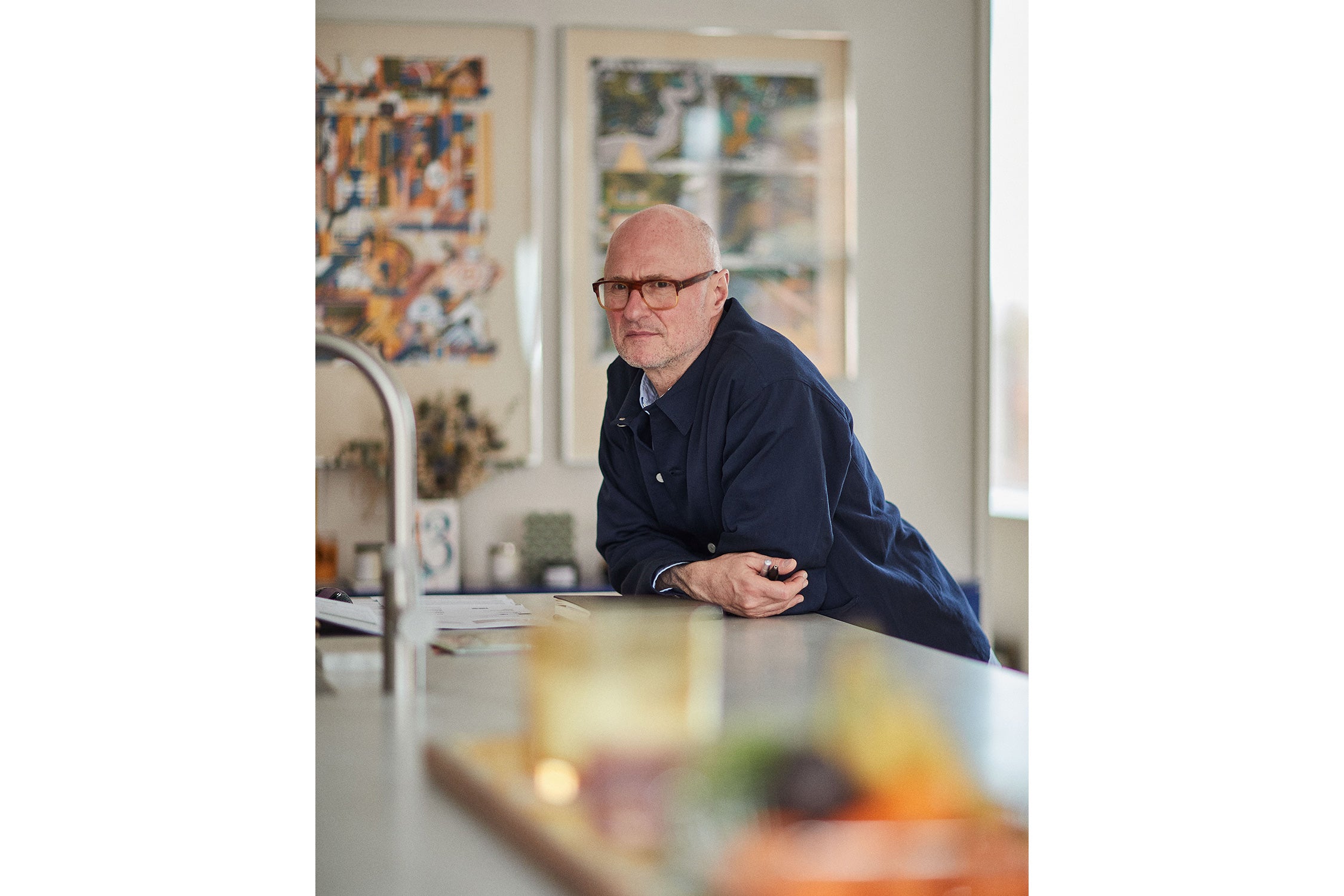
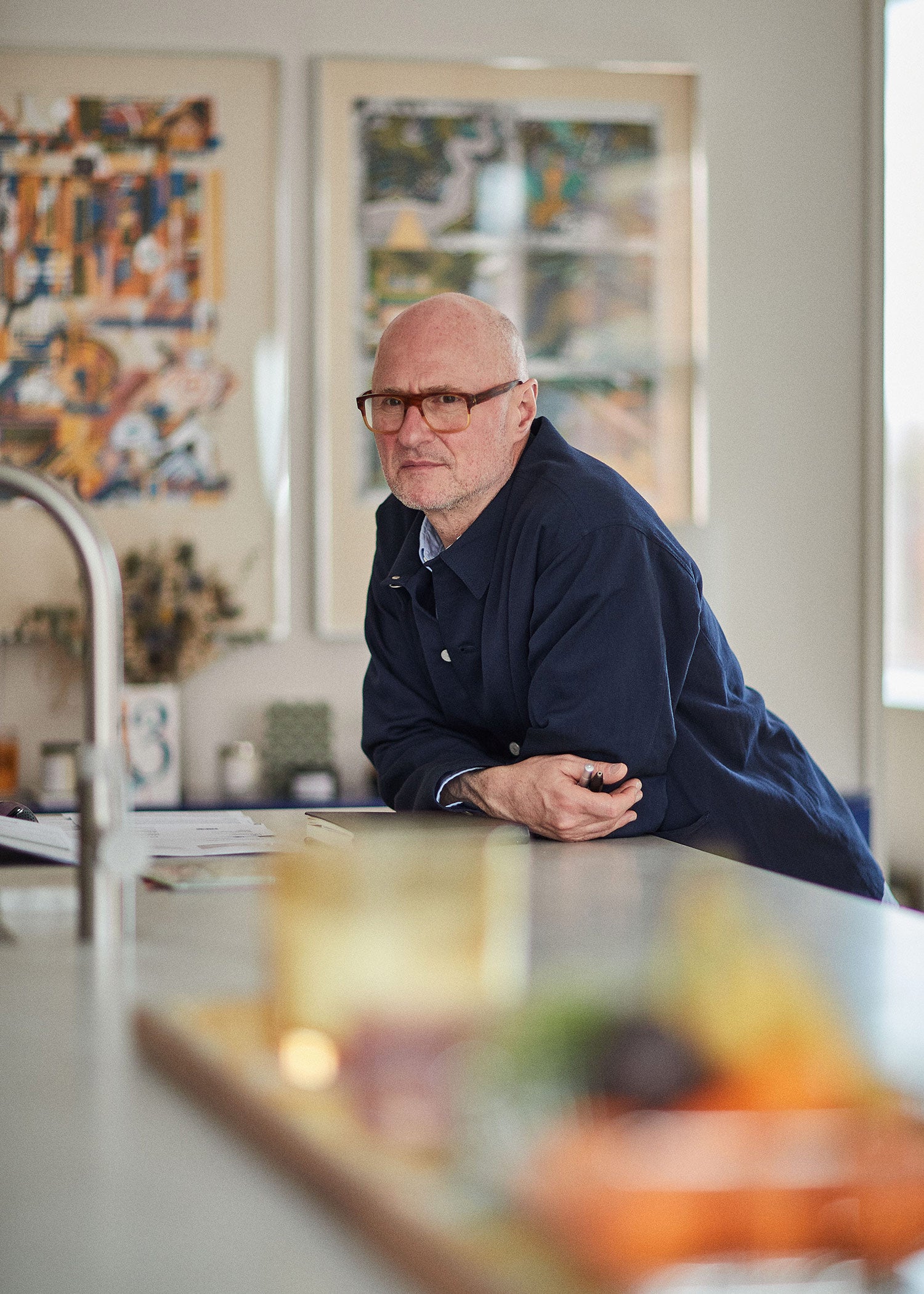
Simon Allford is a British architect, co-founder and director of Allford Hall Monaghan Morris (AHMM), chair of the board of trustees of The Architecture Foundation, and former president of the Royal Institute of British Architects. Raised in London to Sheffield-born parents, Simon has been a long-time supporter (both as buyer and seller) of MARRKT. Founder Lewis Hull recently visited Simon's stunning flat in Central London to talk about architecture, football, good design amongst other things...
You're passionate about the city you studied in, its football club (Sheffield Wednesday) and both professionally and emotionally vested in the future of Sheffield by way of your recent selection by Sheffield Council to repurpose the site of the iconic Cole Brothers building, previously designed by your father.
How do you put into words the opportunity this represents for Sheffield and for you personally given your father designed it back in 1963? How does your vision for the project fit in to the wider changes and ambition you have seen in the city in recent years?
In my father’s era after the slaughter and destruction of WWII, architecture was very much about building a brave new world. Cole Brothers, with its uncut white tiled grid, was my father’s vision of that world – which literarily stood out as a beacon in the dark polluted industrial city where his father lived and died working in Vicker’s Steelworks. Over the following 60 years Sheffield has had to re-invent its industrial and cultural base. The city was gutted by the rise of Meadowhall but the spirit of the city centre if bruised survives; and as with Parkhill – also owned by our client Urban Splash – old landmarks are being reinvented for a new future. We see The Cole Store, as we have called it, as a place that supports new industry – in all its many forms.
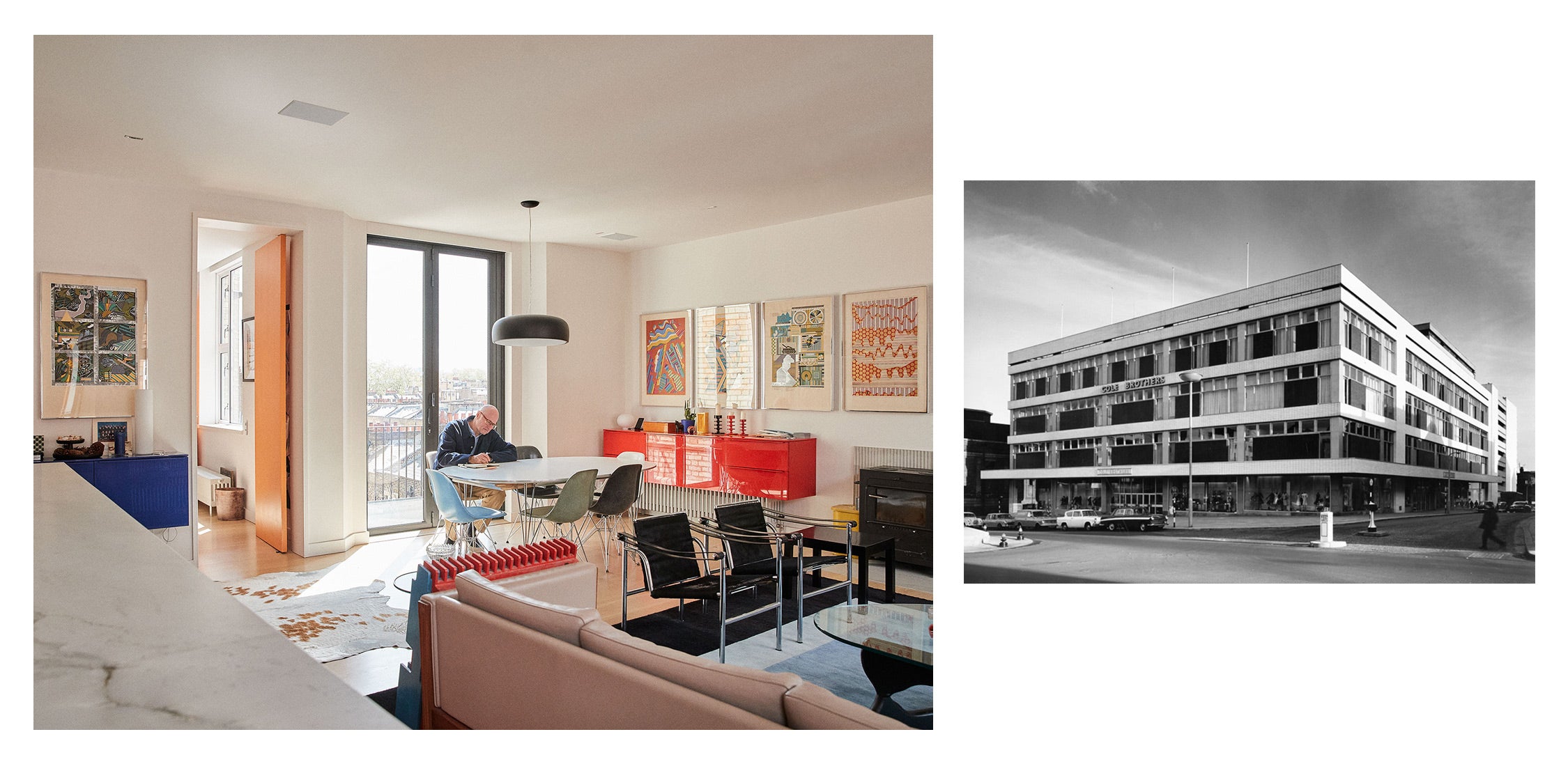
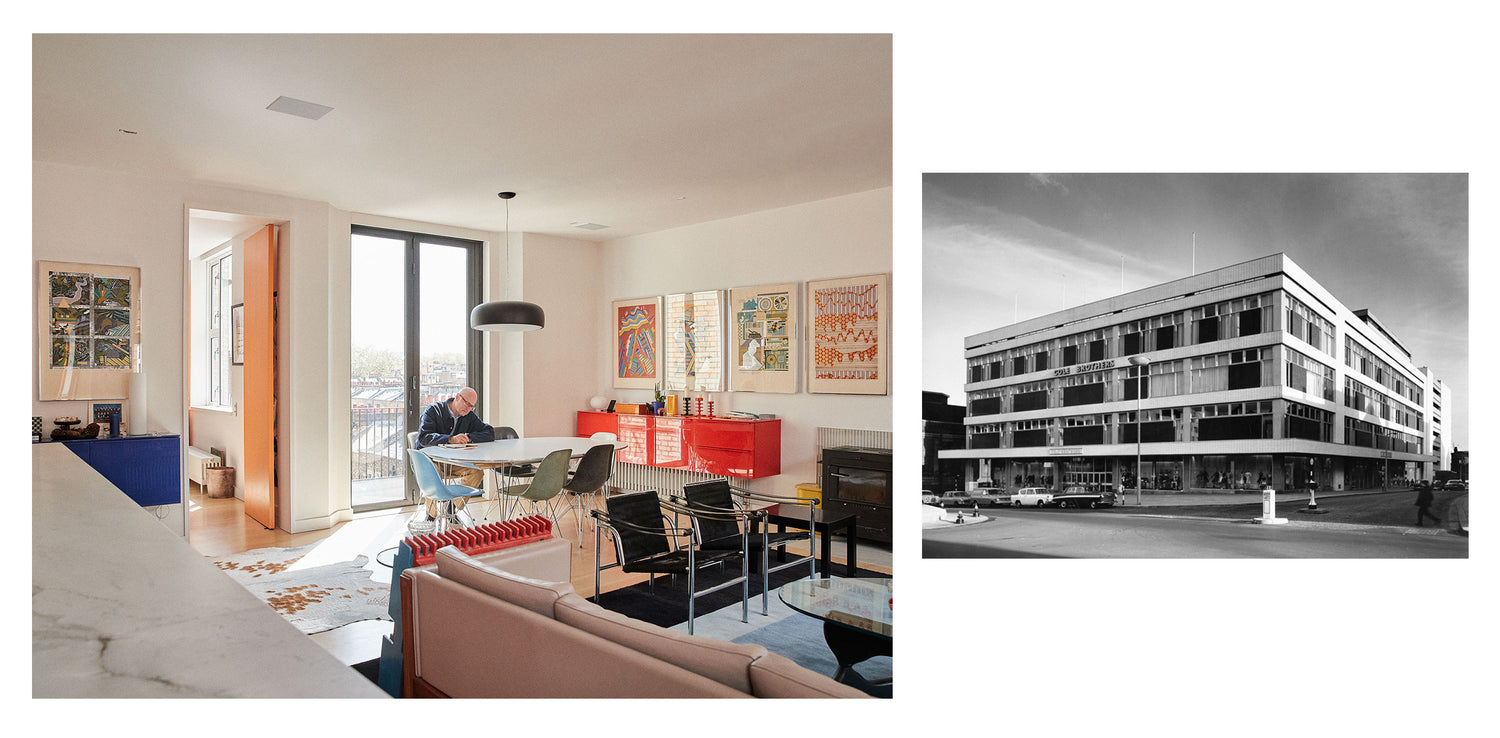
We will embrace change and the building that was once a department store will still house shops and sell food and drinks; but in addition people will work there, there may be a home to art and design. The car park on the roof will form a sky garden, the car park to the rear will give access to the roof and may house bikes and some electric ‘zip’ cars; but it could also accommodate low cost studios, gyms, make spaces etc.
The building is timeless in that it offers a generous, purposeful and characterful framework that can accommodate whatever the city needs – our world changes at a faster rate so in that sense, all uses are pop ups – it’s just that some last for a day, a week, a month, a year!
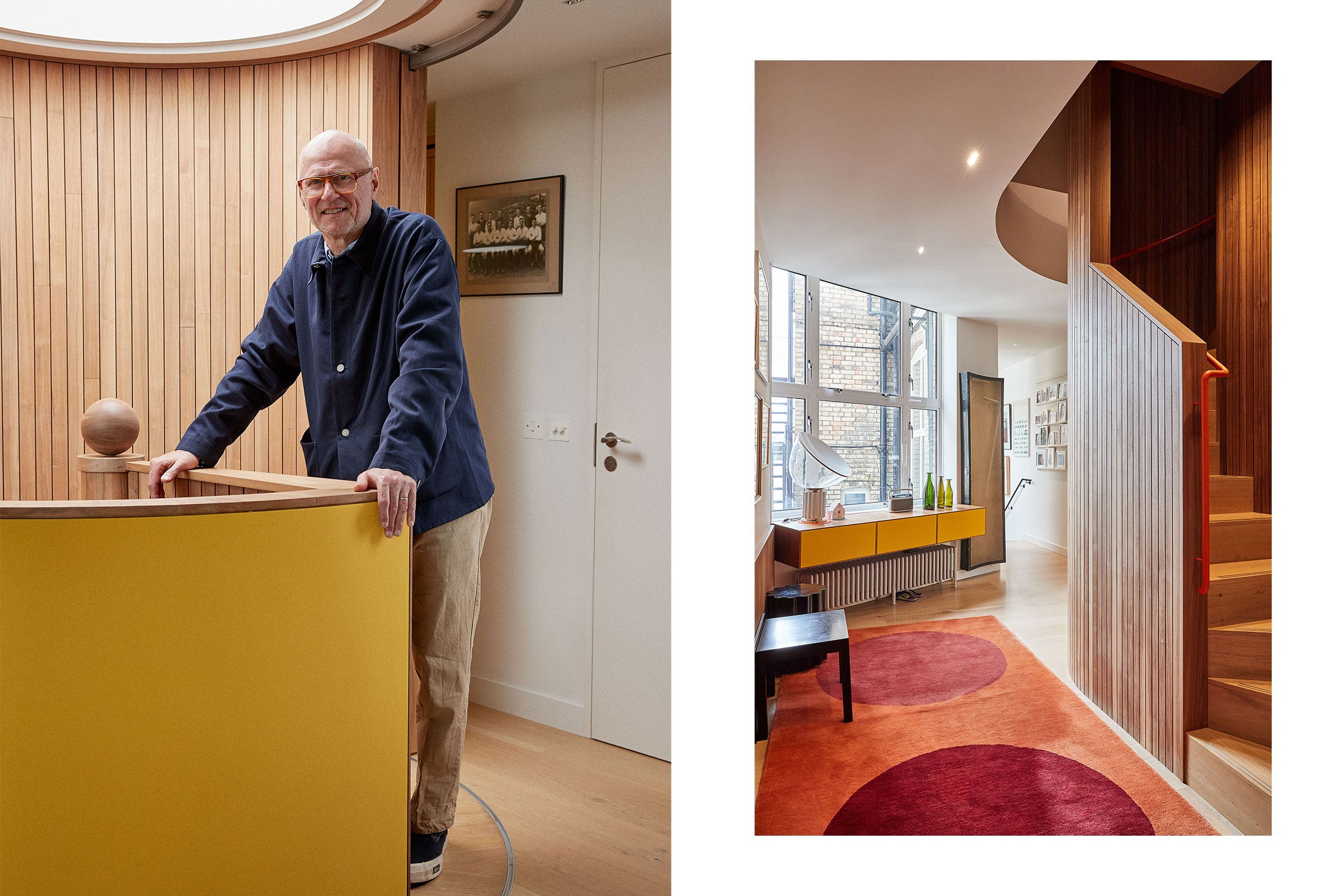
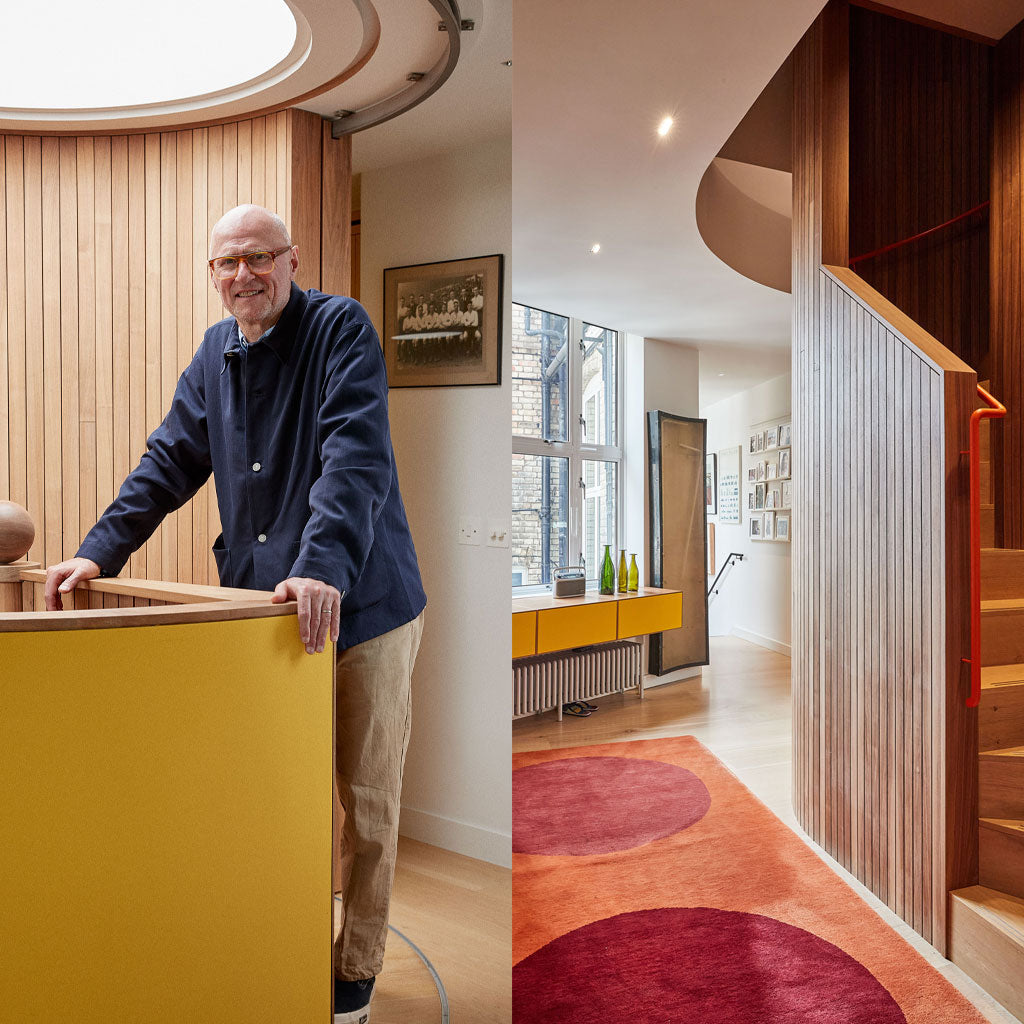
We spoke at length about football, two great northern clubs – my passion being Leeds United, yours Sheffield Wednesday. Historic clubs, old school stadiums – how would you describe match day at Hillsborough in comparison to modern stadia design and perhaps the passion it harnesses.
I strongly believe that architecture and the spaces and places it encloses carries memories for the people who have spent time there – and nowhere is that more true than in a football stadium. To many fans their football ground is their church. A place where match day moments – great goals and late goals (scored and conceded!) as well as humorous, happy and unhappy incidents, the background hum, banter as well as chants and songs all create memories of great events that pass from one generation to the next. I often say that whilst it is of crucial importance to me, to most who pass by or use our buildings architecture is but the backdrop to the theatre of everyday life – but football grounds like Hillsborough and Villa Park - and even Elland Road! – are places of emotion and worship. Modern stadiums like Spurs’ are brilliant designs a century ahead but on the emotional front they are a century behind!
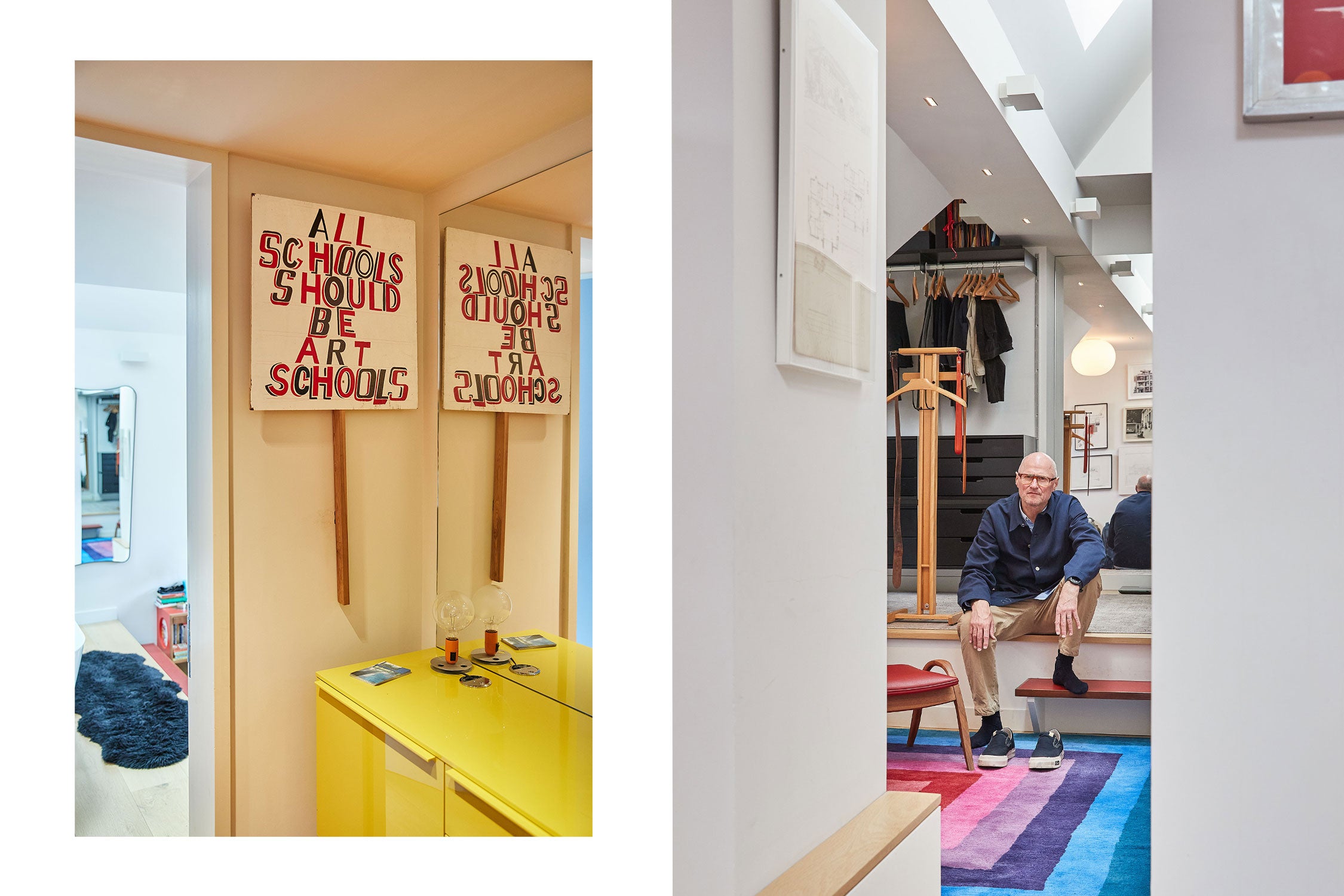
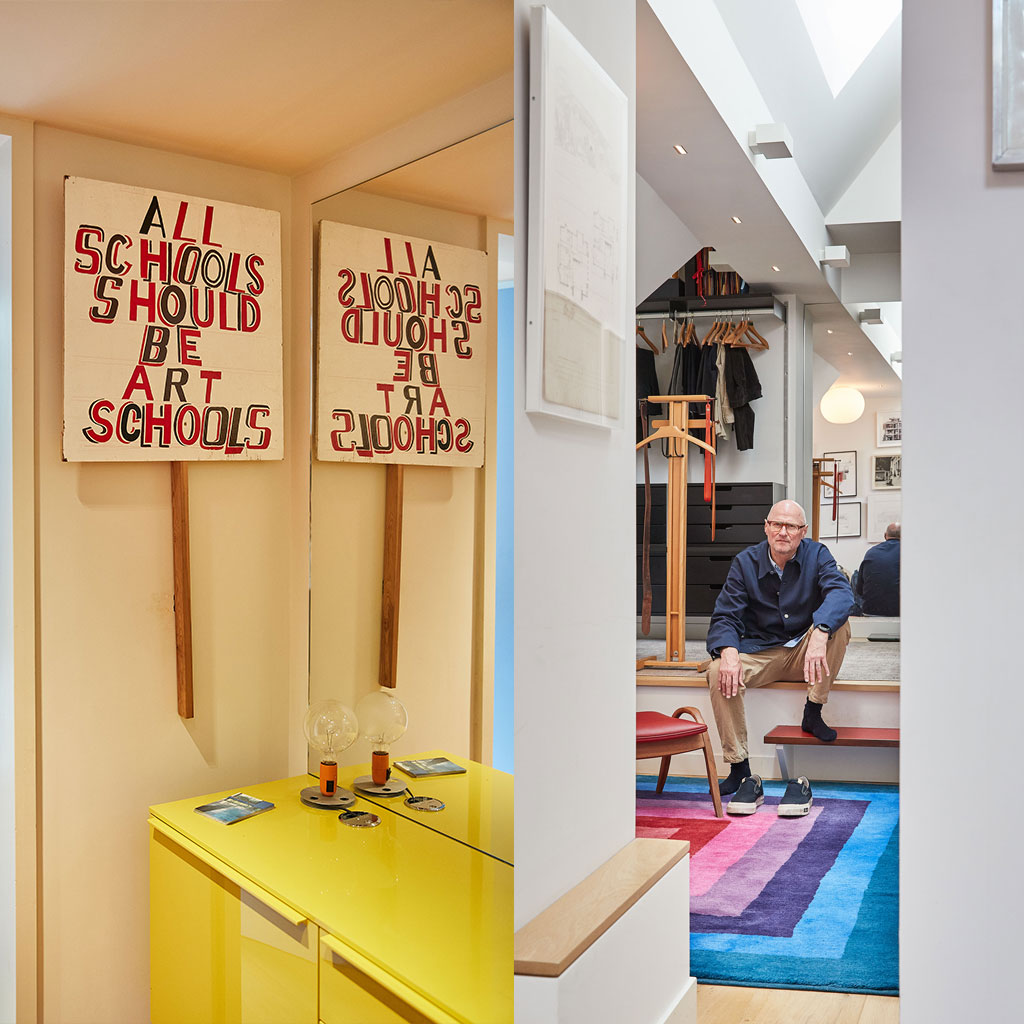
And these emotions and associations are transferrable. When we met in my flat I was waiting, without hope nor expectation, for the second leg of Wednesdays Play Off semi finals – 0-4 down it was game over. A few weeks later I was in Venice for the Architecture Biennale where I watched a live stream of Wednesday comeback and the 4-0 victory that has become known as The Miracle of Hillsborough – so now and forever more, I will associate Ruskin’s Stones of Venice with that memorable night of surprise and celebration!
We visited your London home and I was struck by the number of iconic design references in your daily life; Eames, Castiglioni lighting, Edouardo Paolazzi harking from a 60’s era of design. Why are these designs still so relevant in the modern day?
Art and architecture evolve as the needs of the world around us changes – but there are also constants that connect the past with the future and accordingly great design, art and architecture is timeless and relevant to the future as it was to the past: as Mark Twain observed ‘the future ain’t what it used to be’!
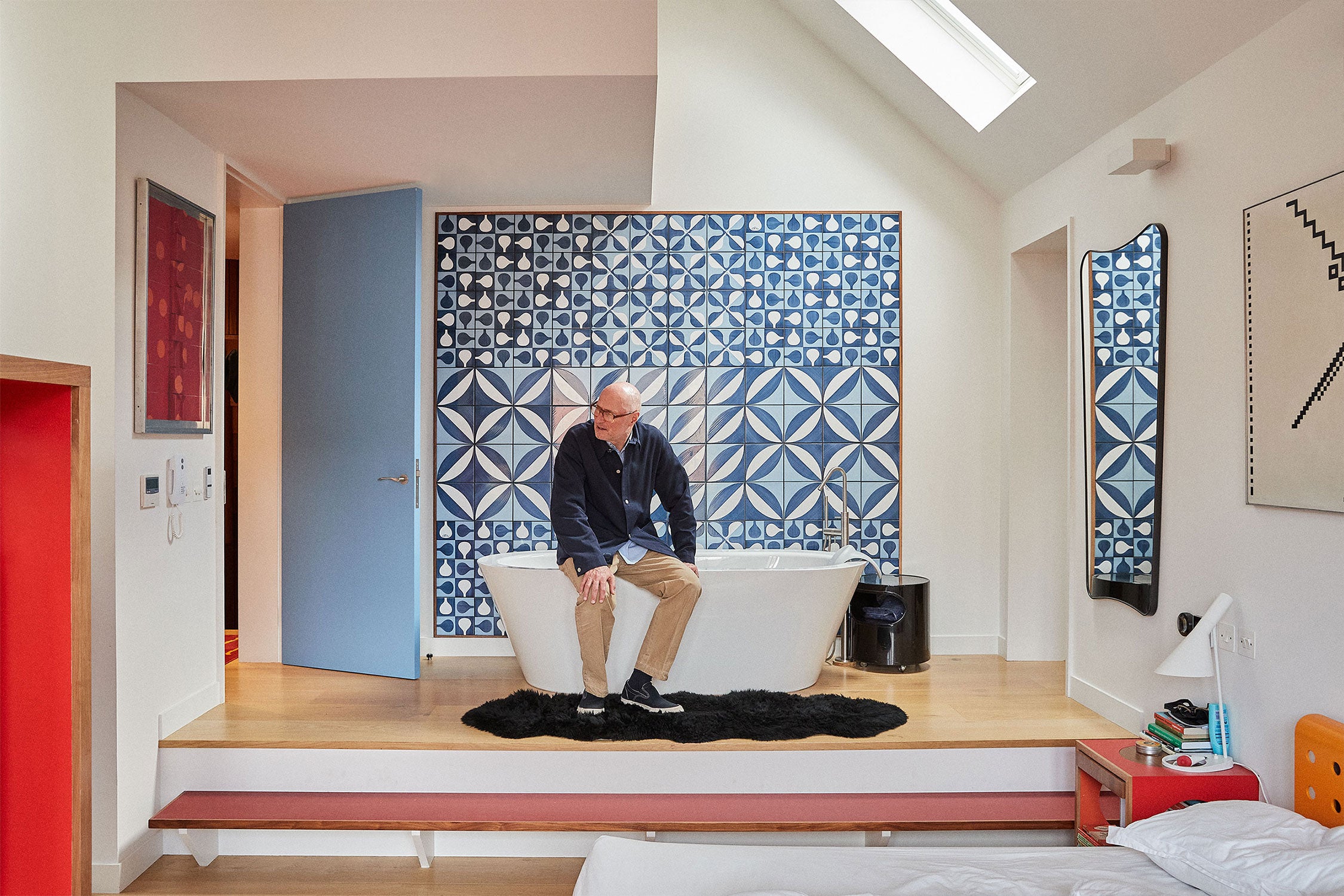
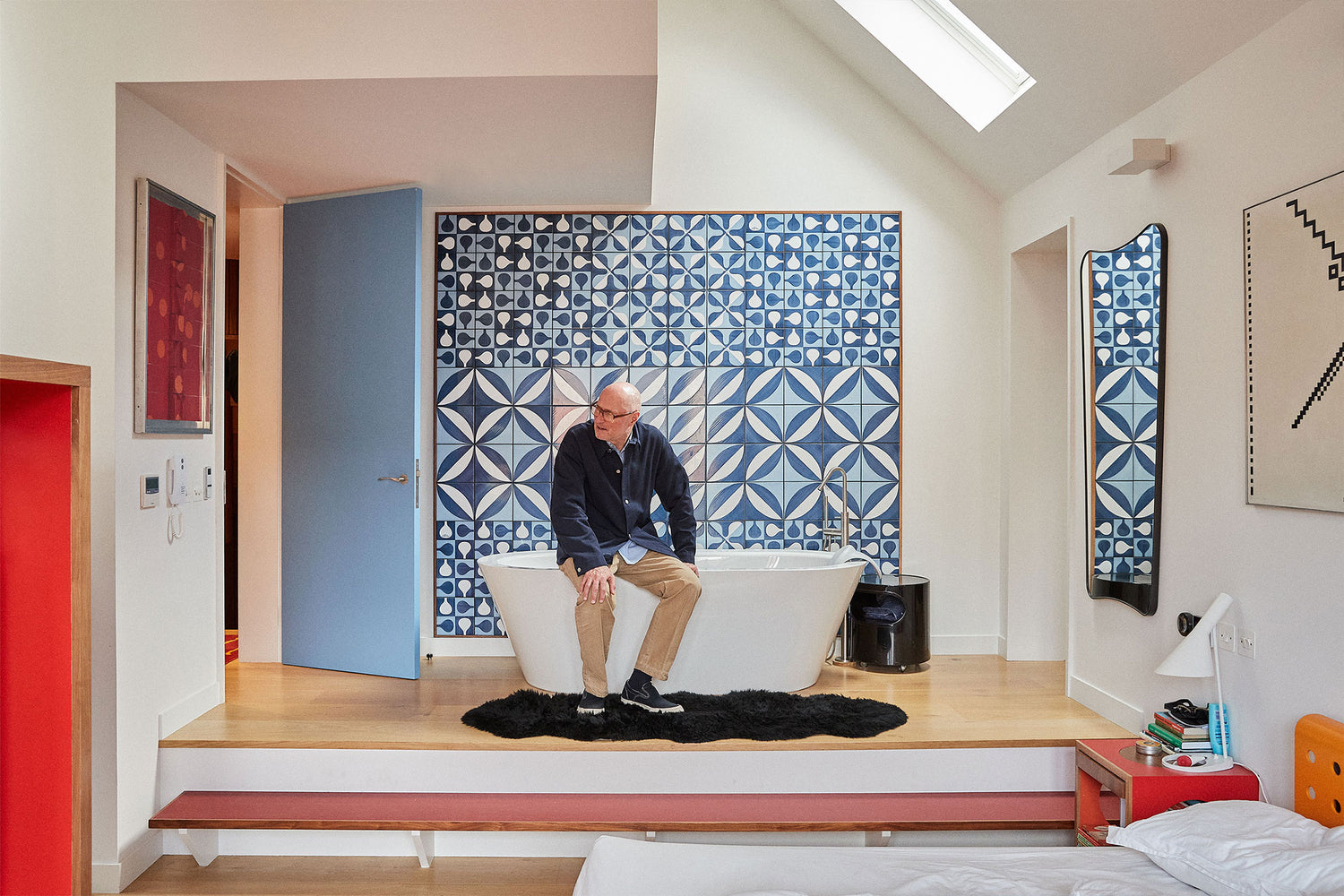
“All schools should be art schools”. Tell us the story of this banner and what the message means.
A friend of mine is a friend of the artist Patrick Brill – better known by his pseudonym Bob and Roberta Smith, whose artistic endeavour involves wonderful graphics and word plays which are concise, witty and can be read on many levels. I was telling my friend how I enjoyed sending Bob and Roberta Smith cards – sold by the Royal Academy – to friends and in particular my wife, Fiona – who complained that I had sent her ‘We only have each other’ four times – which she believed was both sloppy and depressing – as in we must have a few other friends and acquaintances, as well as our three daughters (all with the middle name Wednesday!). Anyway, we all met up and I ended up acquiring Fiona’s least favourite slogan and my favourite – to which you refer. The latter is a painted sign board, which as Patrick explained, was made when the artist joined a march in Scarborough to save the art school. Never a truer word was written!
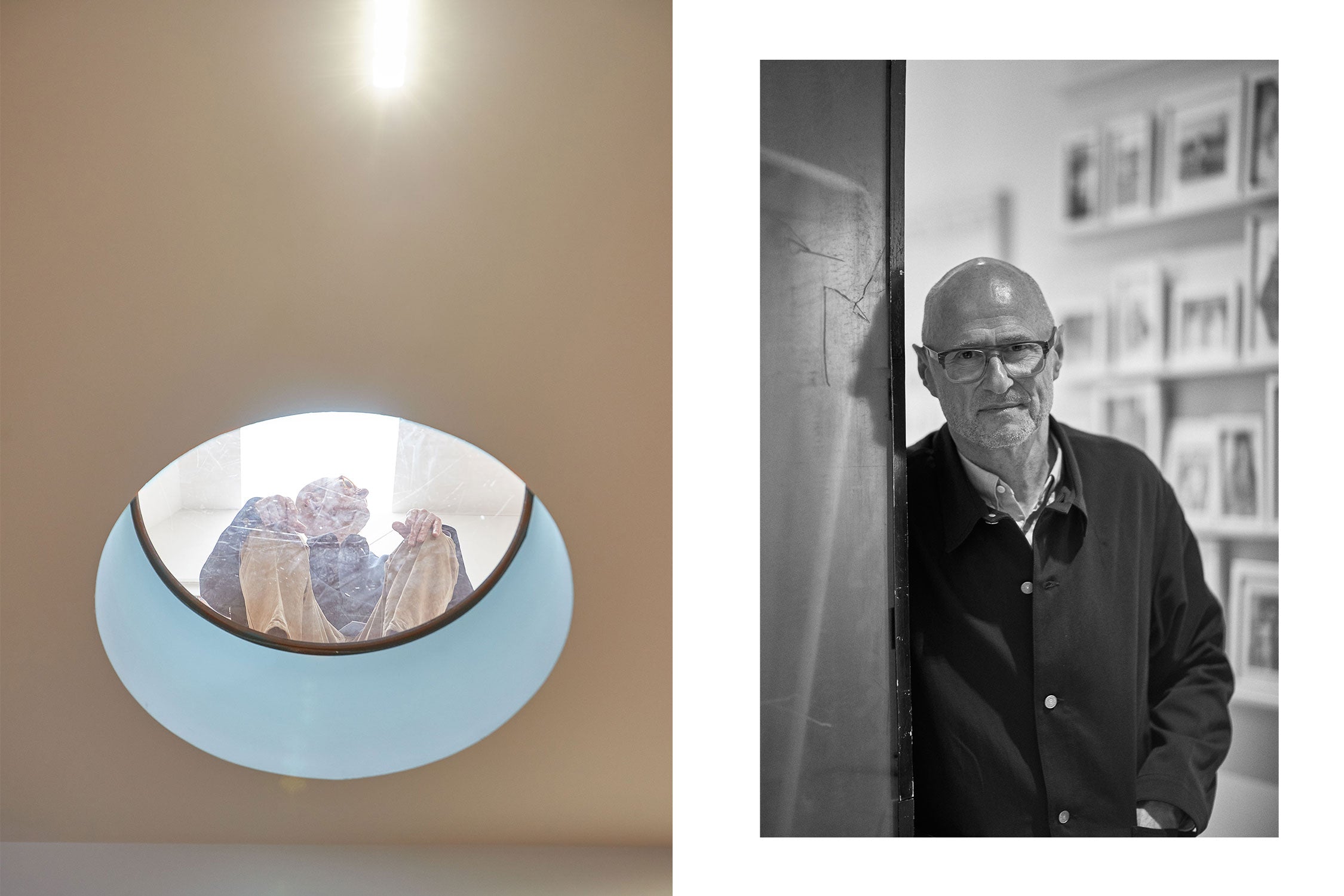
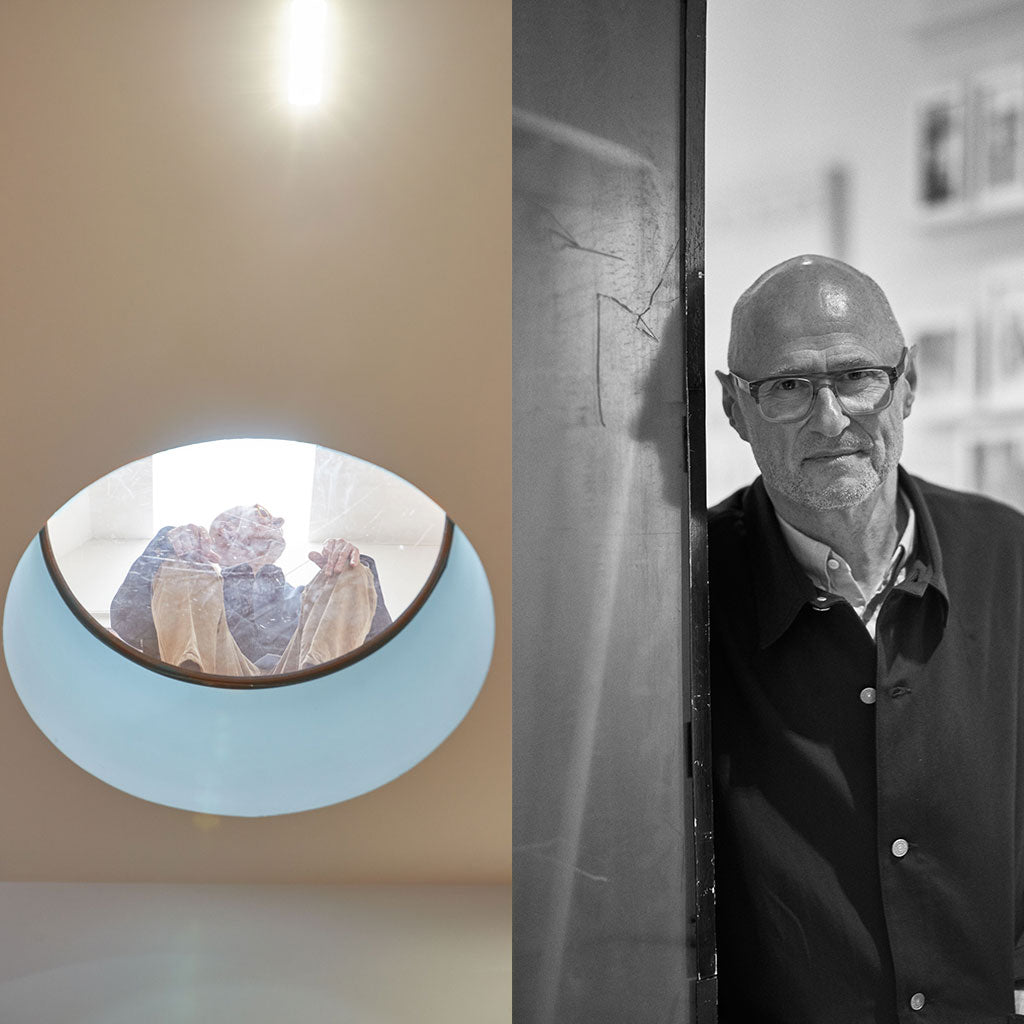
I have known you many years as a long time customer, and since Marrkt an avid seller. Your consignments are often include items from Brunello Cucinelli, Nigel Cabourn, Edward Green, Anderson & Sheppard, John Smedley, Veilance and Visvim. Each brand with a distinct provenance. Obviously you have design in your DNA, what do you look for in clothing that attracts your interest? Which brands do you return to time and again?
I like clothes that have a certain style to the cut and the cloth but that are not too stylish or stylised. I like clothes that stand up to the wear and tear of site and life and football matches! Clothes that are considered, yet comfortable and easy to wear. All the brands you reference have all of that, plus their own history as well as the history I have with them.
I will end by thanking you for your friendly email exchanges and congratulate you – Your project, Marrkt, is a brilliant one because it allows your customers to sell items which they have enjoyed but that others may enjoy more and longer . It is a great example of the circular economy and of course, we can use the cash generated to replenish and replace. We do need to be careful – my wife Fiona advises me - that my system of selling and spending are too closely related to what she advises me, is known as ‘Girls Maths’!
Shop Simon's pre-owned pieces from the likes of Visvim, Loro Piana, John Smedley and more...
Photography by Ben Benoliel.





